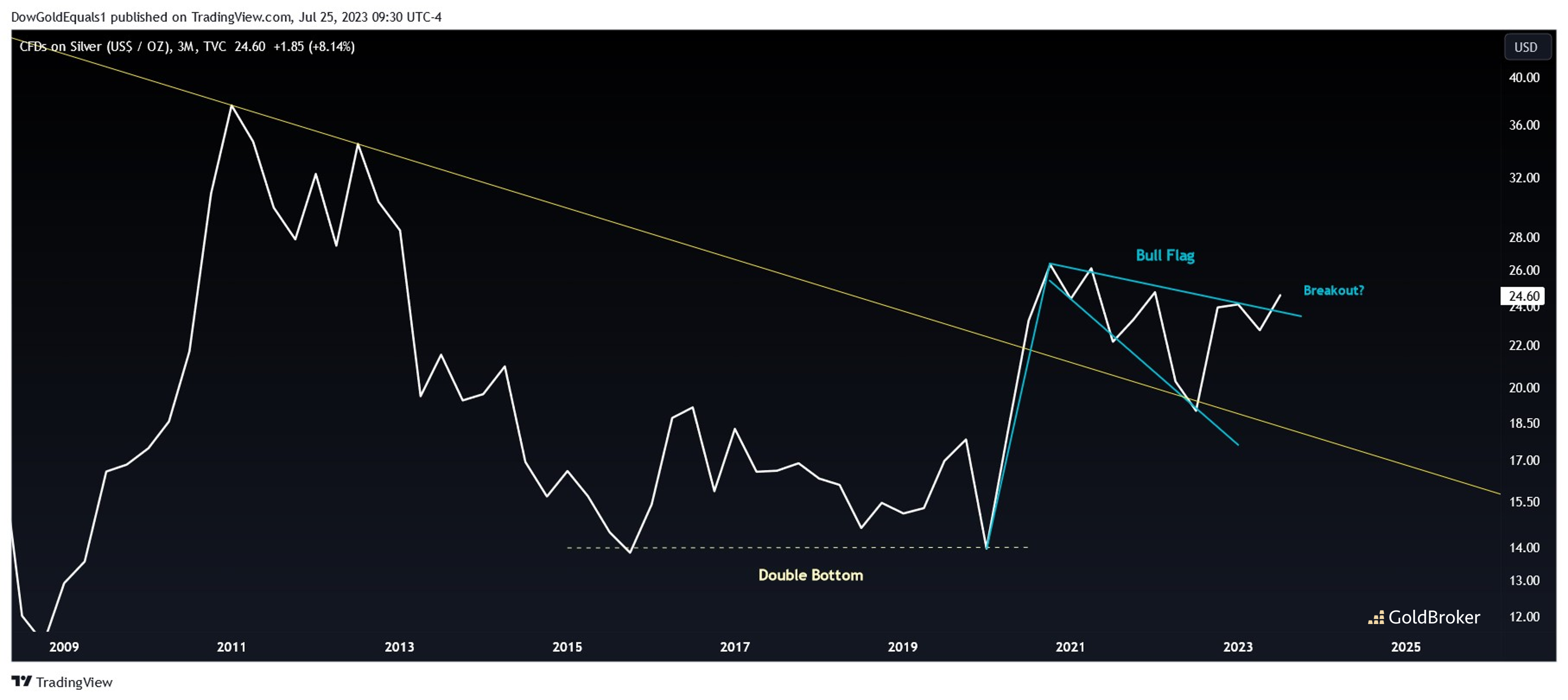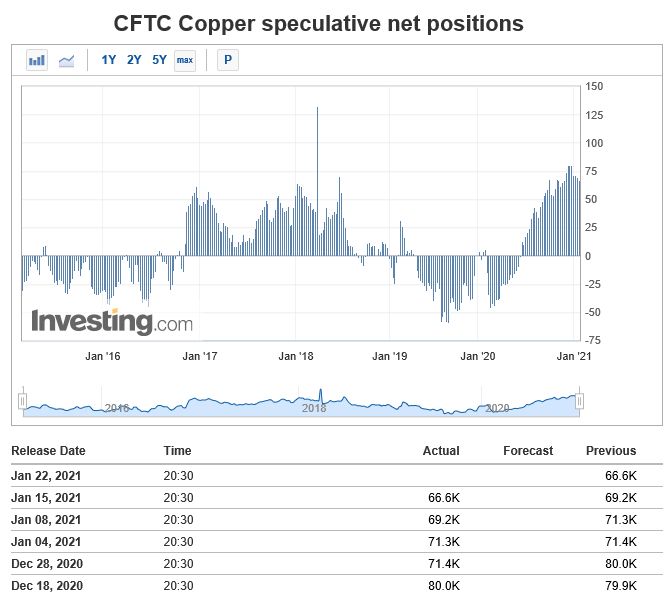Alright, let’s cut to the chase. The baijiu market – China’s signature spirit – has undeniably hit rock bottom. A recent report from CICC (China International Capital Corporation) confirms what many of us in the know have suspected for a while: we’re looking at historical lows, with the sector’s prosperity ranking at a dismal 28% over the past five years. But here’s the kicker – downside risk is now limited.
Let’s be real, folks, the Chinese economy isn’t collapsing. Policy easing is already laying the groundwork for a consumer rebound, evidenced by the data coming out from January to March. Expect more supportive policies; they’re not just hopeful thinking, they’re actively in the works.
Now, don’t expect fireworks. CICC predicts a gradual uptick in baijiu demand. We’re talking a slow, steady climb, not a vertical leap.
Here’s where it gets interesting. In the short term, demand for everyday baijiu is remarkably resilient – people will still drink! Plus, with a low base from last year, we should see a rebound in banquet-style consumption. Think weddings, business deals, the works.
Looking ahead, expect policy-driven stimulus to stabilize the high-end baijiu market. This isn’t about chasing fleeting trends; it’s about solidifying the foundations of luxury consumption.
Understanding the Baijiu Landscape:
Baijiu, meaning “white liquor”, is more than just a drink in China; it’s a cultural cornerstone and a key indicator of economic sentiment.
Demand is strongly tied to macroeconomic factors and consumer confidence. Any economic policy change can significantly boost or hinder its sales.
Different tiers of baijiu cater to different consumer groups.”Luxury brands” often target high-net-worth individuals and gifting occasions.
The sector’s seasonality is also crucial, with revenue traditionally peaking in the second half of the year, particularly in Q3 and Q4, due to festivals and holiday consumption.
CICC anticipates a “first down, then up” performance for the baijiu industry throughout the year, backed by the favorable low base effect in the latter quarters.







